Description of the bug harmful turtle and measures to combat it
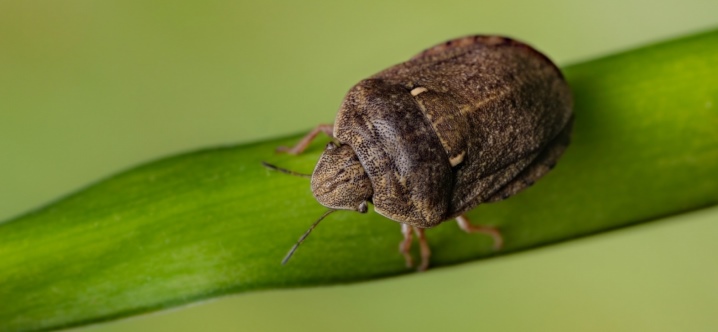
A parasite such as a bug, a harmful turtle, often infects cereals, but it can also attack other plants, for example, tomatoes. This is a harmful insect that can harm both grain and plant fruits. We will describe below what signs indicate its appearance and what methods can be used to deal with it.
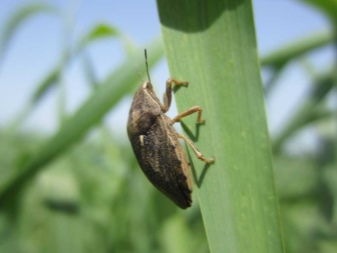
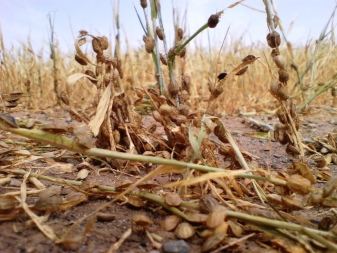
Description and harmfulness
The bug is a harmful turtle that belongs to the family of bugs-turtles. It is a beetle whose body is rounded and brown, gray or yellowish in color. This bug differs from other parasites by the presence of a strong protective shell. It has spots that look like a tortoiseshell pattern - it is because of this that the pest got its name. This type of pest is not very large. Its body length is only 10-13 millimeters, and its width is about 8.8 millimeters.
The harmful bug is a mobile insect, and therefore can easily cover distances of up to 200 kilometers. However, in most cases, he prefers to crawl so as not to waste energy.
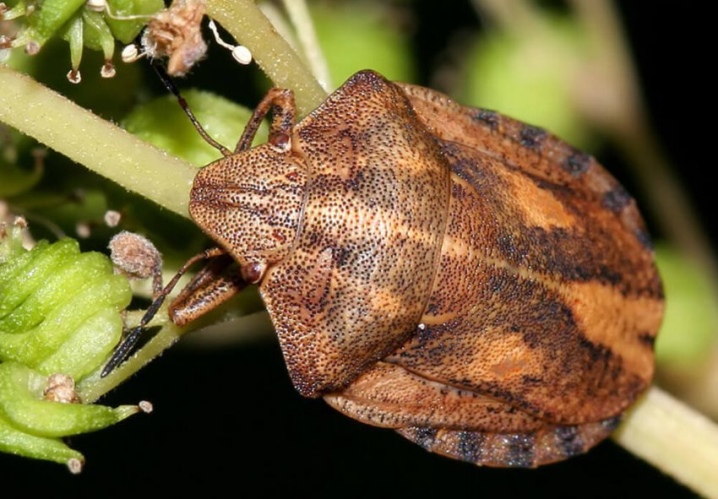
In winter, these insects try to sit out in barns, granaries and fallen leaves, and in warm periods (at an air temperature of +14 degrees) they begin to actively reproduce. So, each female can lay about 40 eggs at a time on the underside of a plant leaf. The eggs of this parasite look like small balls and are green in color. After about a week, larvae begin to hatch from the eggs. They have to go through 5 stages of development in order to fully form as an adult.
This bug feeds on cereals, damaging the kernels of wheat, rye, barley, occasionally corn, oats, millet. However, it also occurs on other plants.
When the population grows dramatically, the population can seriously harm most of the crop.
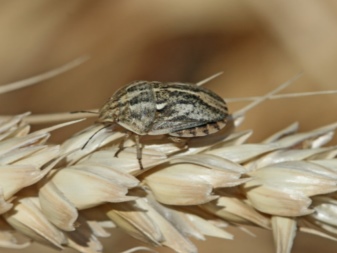
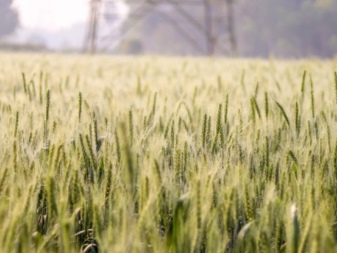
Signs of appearance
The bug is a harmful turtle rarely attacks tomatoes, preferring cereals to them. Nevertheless, if this pest has appeared, it must be disposed of as soon as possible in order to prevent its reproduction. Otherwise, you risk losing your plants, and with them a good harvest.
On tomatoes, it is a difficult task to notice the appearance of a harmful insect. The reason for this is that when a pest appears, the plant does not begin to die immediately. It still produces fruits that look normal on the outside, but their quality may decrease. In addition, on the tomatoes themselves, you can find small damage in the form of punctures - it was in this place that the bug introduced its proboscis, sucking out important elements from the plant. In these areas, the skin of the tomato usually changes its color.
Subsequently, the plant begins to weaken, wither and exude an unpleasant aroma, and its shoots are deformed.
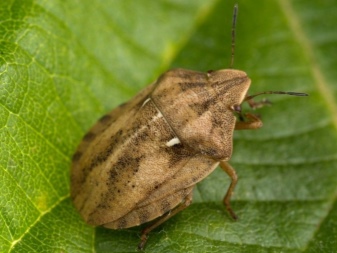
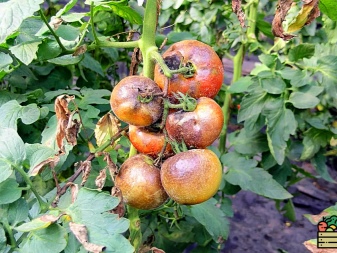
With regard to wheat, in order to identify the presence of bedbugs, it is necessary to periodically inspect the plants. The appearance of a pest can give out such signs: a large number of sluggish young shoots, their different colors and sizes, as well as a different color of grain and the presence of small bites on plantings.
If the grain was damaged by this pest, then it loses its market value, and they try not to use it for making flour. Affecting grains, the bug not only changes their color, but also their chemical composition, reducing the amount of gluten in them.As a result, flour from such grains turns out to be viscous, viscous and has a serous color.
Please note that a harmful turtle can appear at any stage of development of a cultivated plant: at the stage of escaping, flowering, milk ripeness, or during harvesting. Therefore, it is necessary to monitor the state of plantings on an ongoing basis.
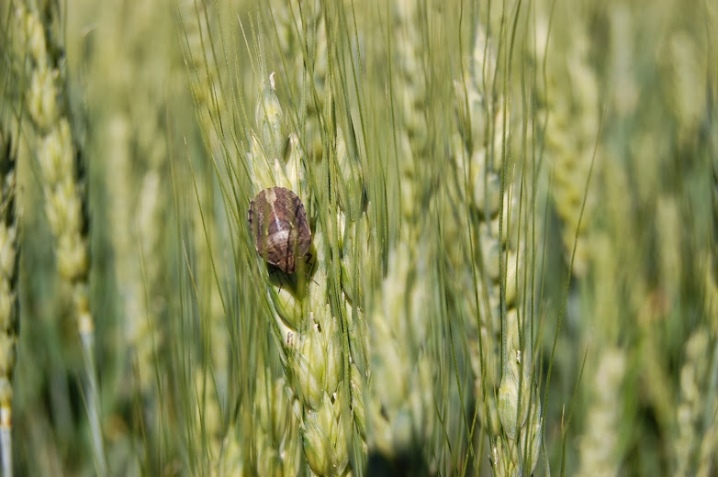
Agrotechnical control methods
To get rid of bedbugs in this way, it is initially recommended to carry out weeding, which will help reduce the number of pests. They can settle anywhere, both on weeds and on cultivated ones, but they will eat only those that seem to them the most nutritious.
For preventive purposes, stubble plowing can be carried out - this will help to avoid the appearance of pests. This procedure should be carried out at the end of summer or at the beginning of autumn.
It is also recommended to harvest cereal plants in a timely manner, using quick threshing and direct combining. After harvesting wheat, it is necessary to carry out high-quality autumn field plowing.


Use fertilizers containing phosphorus and potassium to increase plant resistance to attacks by harmful insects. At the same time, it is important to carry out planting and high-quality cultivation of the land on time.
Insecticides should be used, while each time changing the means so as not to cause addiction in insects. It is necessary to carry out processing twice. The first is necessary in order to eliminate all those parasites that managed to survive the winter, and the second - to destroy new pests. However, keep in mind that such funds are harmful to humans, and therefore, when using them, you must strictly follow the instructions so as not to harm yourself or the plantings.
Natural fences can be used to save wheat. This implies planting crops in an area where there are certain obstacles, for example, in the form of trees.
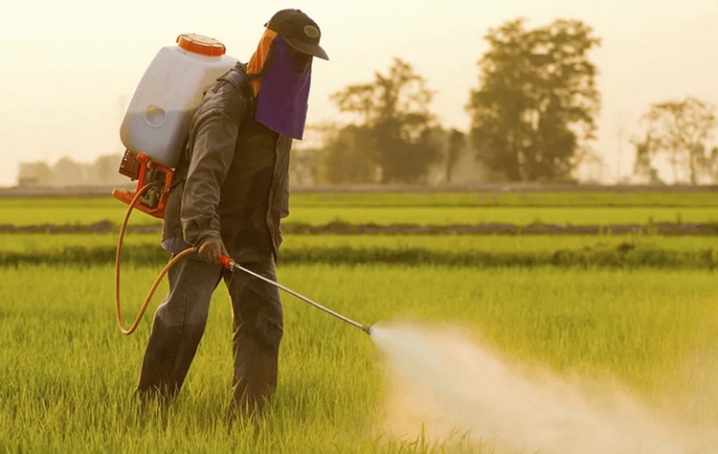
What can you get rid of?
Biological agents
Biological agents include the natural enemies of these bugs. They are able to effectively fight insects, destroying them in large numbers.
- Chickens are natural enemies of harmful turtles. However, using them in wheat, do not be surprised that along with the bugs, in some places your grains have disappeared. Because of this "side effect", this method seems unsuccessful to many summer residents.
- Besides, other insects can also act as enemies of bedbugs, which will gladly feast on this pest. Most often, such insects are used in biofactories, where specialists monitor their activities.
- Insects such as hedgehogs, telenomuses, ants, centipedes and predatory mites can help reduce the number of harmful turtles. Some of them will help get rid of the eggs of the parasite, and some will help to get rid of adults. These insects do not harm your plants, but they help get rid of pests, and therefore it is recommended to maintain their high numbers.
- Another agent that can be called a biological weapon is Boverin. This microbiological preparation is completely harmless to humans. In an insect, "Boverin" can cause a disease called "white mucardina". Thus, when a pest eats a grain treated with this agent, a fungus enters its body. Subsequently, it develops inside the parasite, grows through it, enveloping its body from the outside.
Boverin is famous for its efficiency, but it will be difficult to get it.
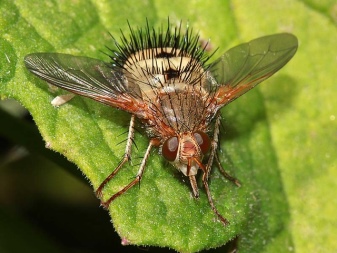
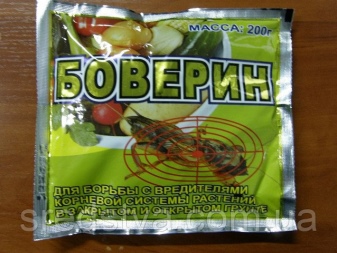
Chemicals
As for chemicals, they are most effective in controlling pests on both tomatoes and cereals, but they are used only in emergency cases when other methods do not help. Before poisoning insects with such means, you must read the instructions. Chemicals are dangerous to humans.To use them, you need to stock up on protective equipment, which includes a mask, gloves, and ideally a protective suit. You will also need a respirator to handle the plants.
The most popular and effective are such drugs as "Aktara", "Karbofos", "Chlorofos" and "Karate-Zeon". The first two remedies affect the intestines of the parasites, which is why they soon die. "Chlorophos" is capable of disrupting the transmission of insect impulses, reducing their activity. The last drug on the list affects the bug's nervous system, causing it to die.
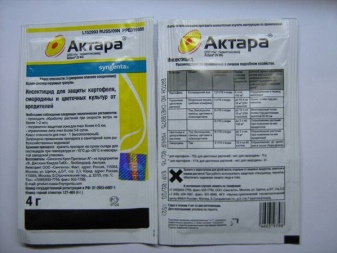
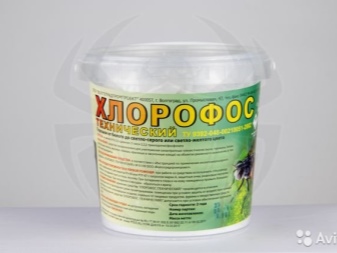
Such funds can rid plants of at least half of the pests at one time. The result can be seen the very next day.
In addition to protective equipment, you will also need favorable weather conditions for processing. It will be pointless to do this in the rain, since it will wash away all the funds, which is why you will not see the result.
At the same time, we recommend not to part with the treatment with the same agent, since over time it ceases to effectively eliminate pests due to the fact that they develop addiction. To destroy all of them, you will have to use a large dosage of a toxic substance, which can adversely affect planting. Therefore, it is necessary to use different means each time.
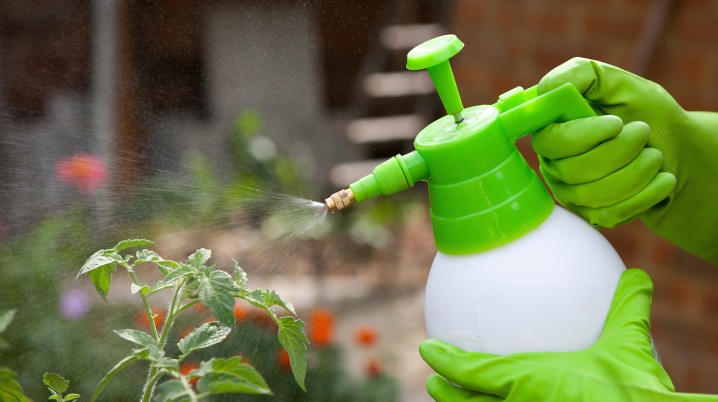
Traditional methods
Folk recipes are also famous among summer residents, who are opponents of chemical treatments, but they are effective only in cases where the insects have not yet had time to breed. Otherwise, you still have to resort to chemicals.
However, let's return to folk methods. Below are the recipes for the most effective solutions. Immediately, we note the fact that all these funds do not destroy pests, but only scare them away, preventing them from harming the crop.
- Onion. This solution is prepared on the basis of onion peel. You will need 0.4 kilograms of the component, which you need to fill with 6 liters of water, preheated to 100 degrees. Give the solution a week to infuse, after which the tomatoes can be processed.
- Mustard. For this solution, you need 0.2 kilograms of dry mustard powder and 800 milliliters of water. Stir this mixture thoroughly, then add another 10 liters of cold water to it. After stirring the solution again, you can start processing.
- Garlic. To prepare a solution on this basis, you will need 4 teaspoons of garlic powder and a liter of water. By mixing the components, you can process the foliage of tomatoes.
- Vinegar. This is not even a solution, but a common remedy that is used by many summer residents in its pure form. It must be sprayed on the desired area where cereals grow, at intervals of a week. However, this tool will be less effective for large areas.


Prevention measures
For in order for the plants to remain intact and bring you a good and high-quality harvest, you must adhere to certain preventive measures that will help avoid the appearance of pests.
- So, the soil where your plantings grow must be supplied with calcium and phosphorus. It is also necessary to carry out regular weeding of weeds, as bugs often breed on them.
- To keep your planting safe, you can resort to using parasite-repellent plants. The landing of a cimicifuga will be effective in this regard.
- Monitor the health of your plants regularly - this applies to both cereals and tomatoes. It will be much easier to eliminate a small number of pests than to deal with a whole horde of proliferating parasites. Especially watch out for plants in hot and almost windless times, since it is under such conditions that bedbugs reproduce and develop most often.
- Walking chickens in the garden is allowed. They will help reduce the number of parasites by simply eating them.
- The penetration of the bug into the barn, where the grains are stored, will lead to spoilage of the harvested crop.To prevent this from happening, the grains must be treated with chemical agents, after which they must be dried well - moisture must not be allowed to enter the warehouses with grain.
By applying all these simple measures, you can prevent or reduce damage to your plants and prevent the appearance and spread of harmful turtle.
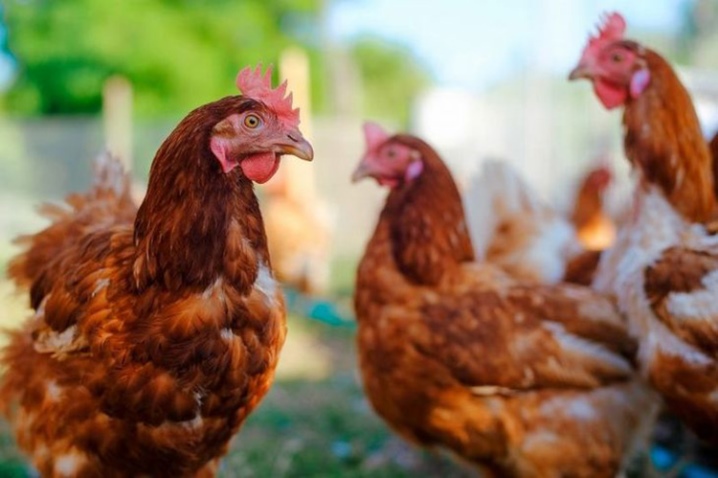













The comment was sent successfully.